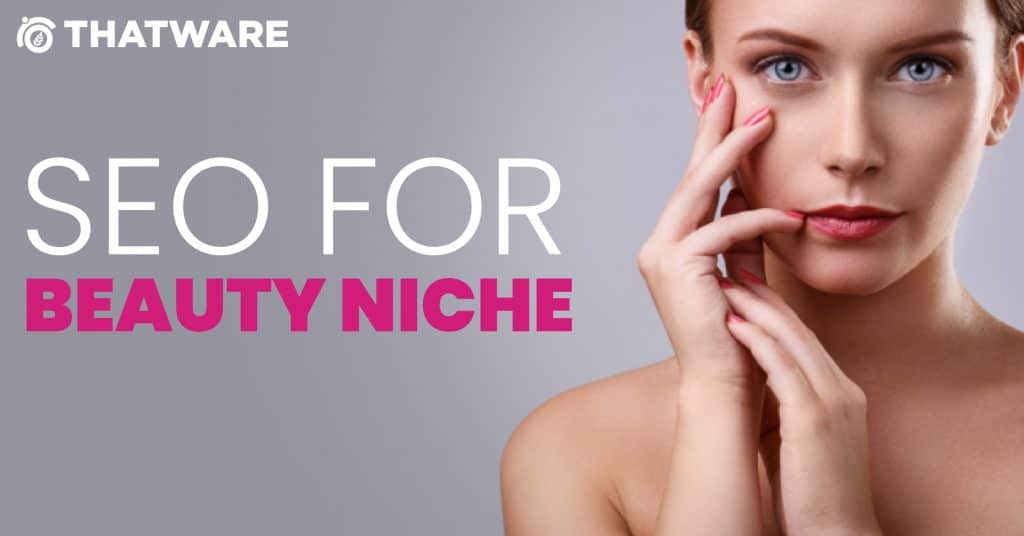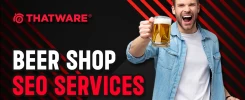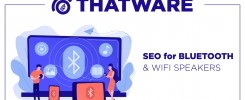FILL OUT THE FORM BELOW & ALLOW US TO TAKE YOUR SEO Services For Beauty Niche TO A WHOLE NEW LEVEL!
Beauty is a multibillion-dollar industry that, according to experts, will rise much bigger and faster than ever before in comparison to other industries. It’s what someone can dream about in real life, write about, or tweet about. There are a lot of influencers, bloggers, and vloggers who spread knowledge. The cosmetics industry has a huge impact on skin care. Since the beauty industry is booming, new brands are springing up all the time. Most beauty brands spend a significant portion of their marketing budget on social media (especially Facebook, Instagram, and YouTube), as this is where the majority of their audience spends the most time researching skincare, personal care, makeup, fragrances, toiletries, hair care & grooming products, eye, ears, lips, nails, colour cosmetics, and more. That’s why local SEO services for beauty niche are important. However, if you dominate for niche high volume beauty keywords, search, especially SEO, will help your customers find your brand online for free.

Websites in the beauty industry should follow these SEO guidelines.
STEP 1: Identifying Beauty Keywords
When it comes to eCommerce Beauty SEO, keyword research is the most important move. The type of Beauty website you have and the audience you want to reach will determine the keywords you use. The goal here is to optimize for high-volume keywords that are important to your target audience and may fall into one of the following categories:
- Millennials / Demographics of a Younger Era.
- Gender-specific
- Aging Population It’s possible to appeal to both men and women, or it’s possible to specialise in men’s beauty products and cosmetics.
- Products that are good for the environment
- Long-term brand
- Buyers of high-end luxury goods.
This phase includes defining the target search words to feed into your SEO and Brand Content based on the target audience.
STEP 2: Develop an effective content strategy.
Customers are buying more beauty products online than ever before because they want to do their homework before buying. As a result, beauty brands have a massive opportunity to communicate with their audience and improve interaction with customers by providing successful content at all stages of the buying funnel.
The information gathered during the beauty keyword research step is extremely useful in developing an effective content strategy to answer search intent. Whether it’s on Instagram/Facebook, Influencer blogs, viral videos, or the site’s own blog, brands are spending a lot of money to create the right content to be viewed by their target audience. A blog is a must-have for a company these days, as it allows them to share useful content online while also improving the rankings of their main and long-tail keywords.
Aesthetics Advice on Content Strategy for SEO
- Get in front of the research shoppers as soon as possible. Create a dedicated spot on the homepage for your content to be linked to.
- Determine your content foundations, which will serve as the foundation for your ongoing content. Remember that creating a brand personality, sound, and atmosphere that is familiar to your fans will help you attract viewers and keep them coming back. As a result, establishing content foundations and sticking to them will help you build the right content that stands out.
- Target your keywords in all of your content pieces to create content that responds to user content.
- Don’t limit yourself to only makeup and beauty material. Include travel, fashion, music, and celebrity content in your lifestyle content. When deciding whether to keep content wide or narrow, keep the brand’s audience and identity in mind.
- Helpful tips, how-tos, tutorials, and beauty lesions are the best types of beauty material.
- Inside your blog content, don’t forget to include links to your beauty categories and product pages.
- To connect with the influencer community, have guest posts from beauty influencers on your blog.
- Develop content with social media in mind. Visual content gives life to text-only content, so include a lot of videos and photographs in your blog posts. These assets can also be shared on social media and on YouTube, with a link back to your website.
STEP 3: Conduct a Technical SEO Audit of Your Website
Beauty retailer websites are typically massive eCommerce sites with thousands of items and many pages, which is why it is important to have a website that is well implemented from a technological standpoint. ScreamingFrog, Botify, Deepcrawl, Oncrawl, Sitebulb, and other tools enable you to conduct technical SEO audits. The following are a few items to think about if you want to boost your online visibility:
- Having the correct site layout has a positive impact on website visibility.
- A fast site load speed is essential for any website because it enhances the user experience and is also a ranking factor. Page Speed Insights from Google will give you a clear idea of your website’s page speed stats, as well as the problems and steps you need to take to increase your page speed ratings. Other tools that can used for the same purpose include Pingdom, GTMetrix, Dareboost, and others.
- Repair any broken ties (404 pages). To spot some of Googlebot’s crawl problems, look at the newly refreshed Google crawl stats interface in your search console.
- Make sure your website is built using mobile-first and mobile-friendly concepts.
- On a cosmetics website, massive brand photos are unavoidable. Make sure they’re well compressed with lossless compression and that the files are the appropriate size.
- Use schema on your site to give search engines more detail so they can better interpret your pages. Schema is commonly used on product pages and breadcrumbs are used on product listing pages on beauty websites.
Step 4: Optimization of the landing page
- Have alt text for your pictures on your website.
- Used the target words in page titles, headings, meta descriptions, body text, and URLs.
- Have related headings on a variety of product specifics on the product listing and product summary sections. Urbandecay and Glossier are two excellent examples of well-optimized product overview pages that provide a lot of product material, graphics (photos and videos), and a feedback section to persuade visitors to buy.
Step 5: Optimization Off-Page
Apart from technology and on-page SEO, backlinks are still one of the most important Google ranking variables. There is a connection between higher rankings and high-quality backlinks on sites.
- Create a long-term white-hat link-building strategy to acquire high-quality backlinks. It is from local and relevant websites that serve as both a vote and a source of relevant referral traffic.
- Don’t limit yourself to linking to the homepage. Deep links to your product listing and product overview pages must also included in your links profile.
- Competitor backlink research: To spy on competitor backlinks, use tools like Ahrefs, Majestic, SEMRush, Open Site Explorer, or Backlinko.
- As connection building, digital PR, and influencer outreach are full-time jobs. Outsource them to a specialised agency while you concentrate on the on-page and technical SEO elements.
Step 6: Local SEO
There are a few items to consider if you own a physical store and want to appear for brand name + city/near me searches to boost your local SEO rating.
For each of your store locations, create a Google My Business account. If you want to show up in the Google local pack for searches like “near me” or “brand local,” you’ll need to do this. You can improve your Google My Company listings by adding photographs, writing optimized business descriptions that target your high-volume keywords, and displaying your feedback and social media platforms.


